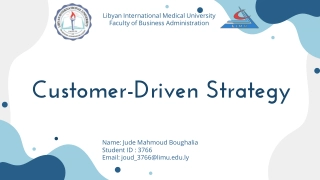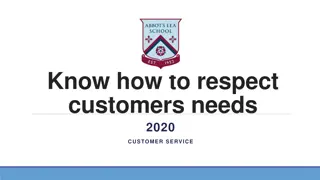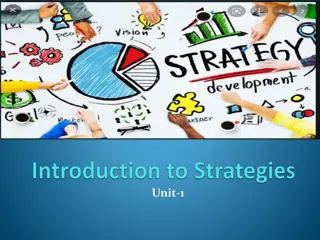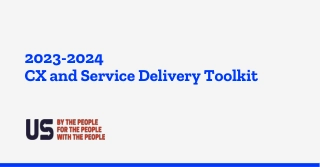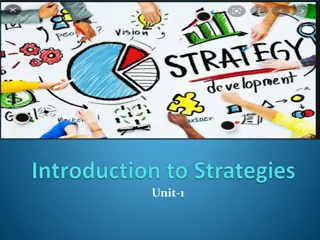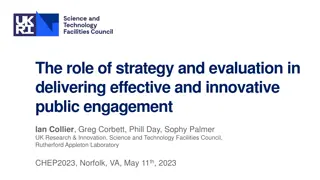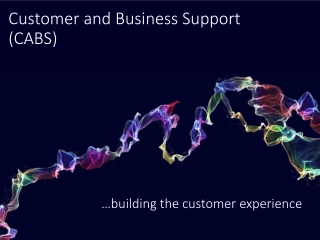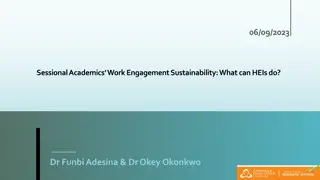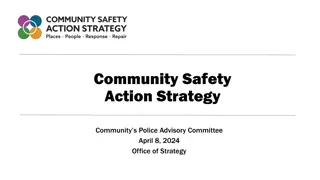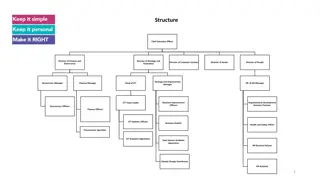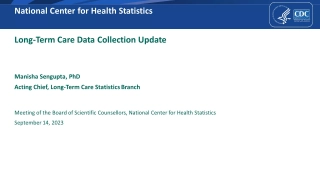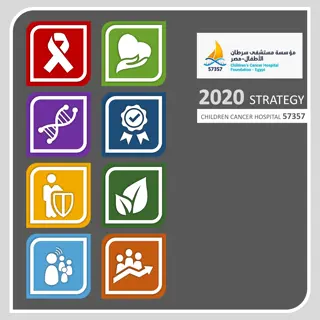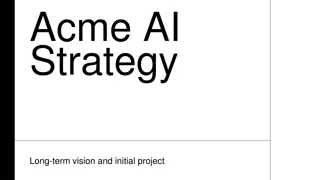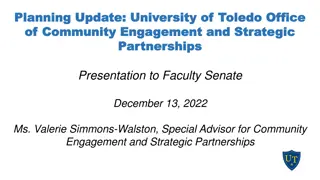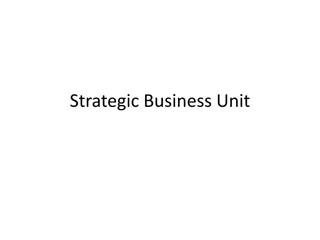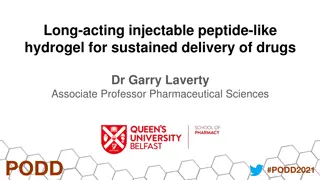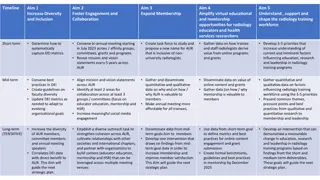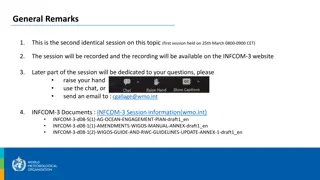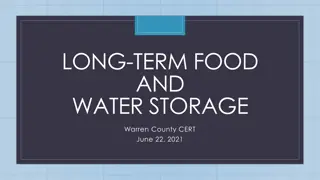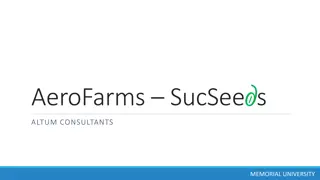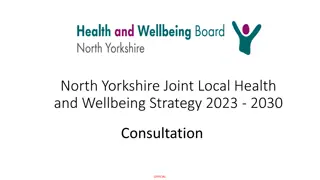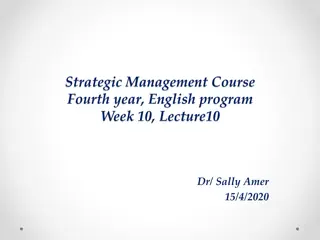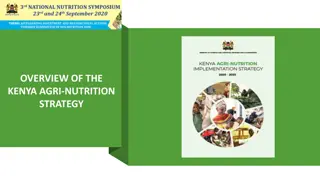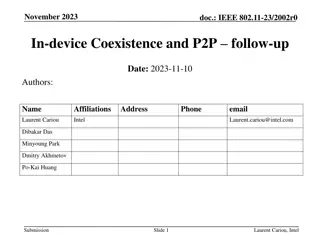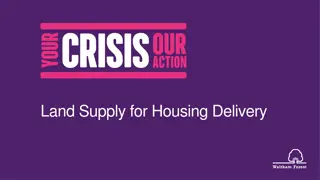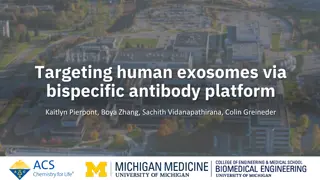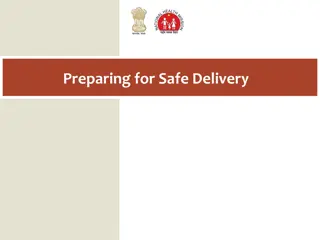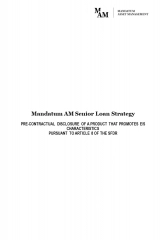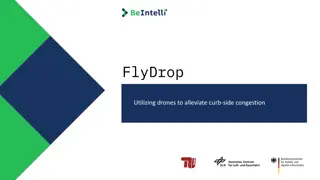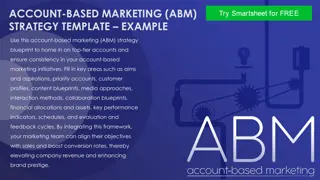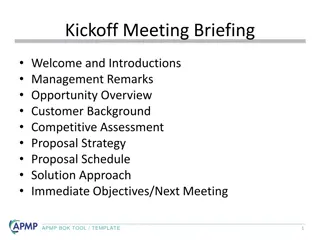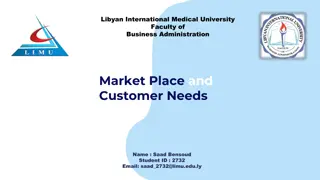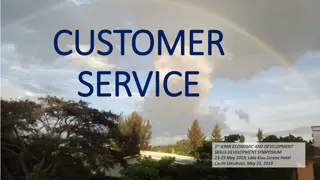Long Term Delivery Strategy Customer Engagement
Yorkshire Water and other water companies work in 5-year planning cycles to create business plans focusing on customer engagement and long-term delivery strategies. The sector faces challenges like climate change and population growth. Yorkshire Water's vision includes providing safe, clean water, supporting the environment, and ensuring affordability for customers. Their ambition for 2050 aims at securing clean water supplies, excellent customer service, and affordable bills.
Download Presentation

Please find below an Image/Link to download the presentation.
The content on the website is provided AS IS for your information and personal use only. It may not be sold, licensed, or shared on other websites without obtaining consent from the author. Download presentation by click this link. If you encounter any issues during the download, it is possible that the publisher has removed the file from their server.
E N D
Presentation Transcript
Long Term Delivery Strategy Customer Engagement
Yorkshire Water and all other water and sewerage companies work in 5-year planning cycles. How water companies plan Every 5-years, water and sewerage companies create business plans which outline what they will deliver in the coming 5-year period, including setting targets on improving areas of service. These business plans are shaped by customers and eventually approved by Ofwat, the water industry regulator. Yorkshire Water are currently creating their business plan for 2025-2030.
The water sector faces a series of long-term challenges, such as climate change and population growth, these feature in all planning cycles. About the Long Term Delivery Strategy To meet these challenges, Ofwat have asked companies to set out their five-year business plan in the context of a 25-year long term delivery strategy (LTDS). This is to ensure that what is delivered in the short term will provide long-term value for customers, communities, and the environment. The focus of this research is on the draft Long Term Delivery Strategy (LTDS) created by Yorkshire Water.
A thriving Yorkshire: right for our customers, and right for the environment. LTDS Our Vision: Vision A thriving Yorkshire means operating in a region famous for its stunning beauty and natural environment, where communities can grow and prosper in a flourishing economy. Where anchor institutions like Yorkshire Water invest in infrastructure, create jobs, and support skills development and education and work in partnership with other organisations across the region to achieve common goals such as flooding. Right for our customers means that we will provide safe, clean, great tasting water and return wastewater safely to the environment. In providing these services we will make sure we deliver good value for money, which will mean bills that everyone can afford. We also know that our customers have a diverse range of needs, so we will provide first-class customer service and make sure that we are easy to deal with. Right for the environment means taking care of our precious natural resources and carefully managing our impact on the natural environment of Yorkshire. We know that our first priority is preventing harm to the environment and to keep wastewater in the pipes. We must also protect our water resources, reduce our carbon emissions to net zero, and invest in modern and sustainable infrastructure.
LTDS Our ambition for 2050 sets out how our vision will be delivered in terms of long-term performance outcomes for customers and the environment. Ambition Ambition headlines: Secure, safe clean water supplies Deliver safe, clean, great tasting water and ensure we can continue to meet water demand in future. First-class customer service Provide a tailored, reliable service and make sure that we are easy to interact with, in whatever way our customers choose to get in touch. Bills everyone can afford Deliver value for money to our customers, keep bills as low as possible, and offer the right support to customers who struggle to pay. Modern & sustainable infrastructure Build and operate efficient, climate-resilient infrastructure to provide reliable services for our customers. Net zero carbon emissions Reduce carbon emissions to net zero across our business and supply chain. Looking after our natural environment Reduce pollution and sewer flooding, improve river quality, and enhance biodiversity across the region.
Measure 2023 Performance 2050 Target Measuring our LTDS performance To be as close to zero as possible No. of people who contact us per 10,000 people in Yorkshire Risk of water quality failures 0 4.61 No. of customers who contact us regarding water quality concerns 7.2 10.62 Average number of mins lost above 3 hrs Water supply interruptions 9mins 27seconds 30 seconds Measure of resilience to severe droughts Secure, safe clean water supplies Drought resilience 1 in 500 year drought 1 in 330 year drought Litres used per person per day 110 litres per person per day 123.9 litres per person per day Customers daily water use Businesses demand for water millions of litres per day 236 million litres per day 267 million litres per day Businesses daily water use Litres lost per day from our network 150.4 million litres lost per day 282.8 million litres lost per day Leakage Customer experience of our service How we are ranked vs. our peers 10th out of 17 companies TBC Developers experience of our service How we are ranked vs. our peers 17th out of 17 companies First-Class Customer Service TBC Businesses experience of our service How we are ranked vs. our peers TBC TBC
Measuring our LTDS performance Measure 2023 Performance 2050 Target % of customer who spend more than 5% of their disposable income on YW bill Reducing the no. of customers in water poverty Year on year reduction Bills everyone can afford XXX Internal sewer flooding No. of incidents 291 546 External sewer flooding No. of incidents 5,375 0 Risk of sewer flooding in exceptionally wet weather Sewer flooding risk 1 in 30 year event ?? Modern and sustainable infrastructure How we are ranked vs. our peers 10th out of 17 companies Mains repairs TBC How we are ranked vs. our peers 17th out of 17 companies Sewer collapses TBC How we are ranked vs. our peers Unplanned outage TBC TBC No. of people who contact us per 10,000 Discharge permit compliance 7.2 10.62
Measuring our LTDS performance Measure 2023 Performance 2050 Target Clean Water production Greenhouse gases Tonnes of CO2 0 122,667 Waste Water Production Greenhouse gases Net Zero Carbon Emissions Tonnes of CO2 159,362 0 Total Greenhouse Gas Emissions Not currently measured Tonnes of CO2 0 No. of category minor pollution incidents Eliminate pollution incidents 0 117 Reduce sewage discharges from Storm Overflow to rivers and the coast Reduce phosphorous in wastewater discharges to rivers Average no. of spills across all storm overflows 10 24 Looking after our natural environment % reduction from 2020 80% by 2038 0% YW operations will not impact on the quality of bathing waters No. of bathing waters at good or excellent status Bathing water quality beach and rivers 16 Biodiversity net gain projects that improve the environment once completed Not currently measured % improvement +10%
LTDS Whilst we must hit the targets we set ourselves in our LTDS we also have a legal obligation to deliver huge programmes of work up to 2050. These programmes are outlined below: AMP 8 AMP 9 AMP 10 AMP 11 AMP 12 Bill Impact Bill Impact Bill Impact Bill Impact Bill Impact
LTDS Whilst we must hit the targets we set ourselves in our LTDS we also have a legal obligation to deliver huge programmes of work up to 2050. These programmes are outlined below: Programme Key activities 2025-2050 Securing new water supplies from river and groundwater sources and increasing capacity at our water treatment works Smart metering rollout for new and existing customers Leakage reduction across our network Water resources Improving drinking water taste, odour, and colour by investing in our treatment works and water pipes Removing lead pipes across our network Addressing raw water quality issues through new treatment technologies and catchment management to tackle problems at source Drinking water quality Continuous river water quality monitoring Removing phosphorus from treated wastewater Microbiological disinfection treatment of wastewater at our coastal and inland bathing water sites Biodiversity conservation and river restoration activities across the region Reducing the risk of sewer flooding and use of storm overflows by: o Expanding sewers and building tanks to increase wastewater storage capacity o Managing stormwater runoff by creating sustainable drainage solutions such as ponds, wetlands or soakaways o Reducing the amount of water entering our wastewater network by separating surface runoff from foul water Natural environment Wastewater management Developing transfer schemes and linking water networks to ensure we can supply customers with water at all times Mitigating cybersecurity risks to our critical infrastructure Improving the resilience of our wastewater assets to flooding, such as through installing flood barriers at high-risk sites Resilience and security Investing in new technologies to reduce emissions from wastewater treatment processes Switching our equipment to renewable energy sources Installing renewable energy generation equipment at our sites Carbon Bill impact AMP8 AMP9 AMP10 AMP11 AMP12
LTDS Whilst we must hit the targets we set ourselves in our LTDS, we also have a legal obligation to deliver huge programmes of work up to 2050. These programmes are outlined below: AMP8 AMP9 AMP10 AMP11 AMP12 Water supply improvements (4 new boreholes, 1 new river abstraction, 1 transfer scheme, and increased WTW capacity) Smart metering rollout for new and existing customers (most expenditure in AMPs 8 and 9) Leakage reduction activities to halve leakage by 2050 Elvington WTW to south Yorkshire treated water transfer scheme Water resources Improving drinking water taste, odour, and colour by investing in our treatment works (2 sites per AMP) and conditioning water pipes (~16 water supply zones per AMP) Raw water quality monitoring and management (1 scheme per AMP) Drinking water quality Removing lead pipes across our network with a focus on lead hotspots and high-risk customers (e.g. schools, communal buildings) Microbiological disinfection treatment of wastewater at our coastal and inland bathing water sites (assuming further bathing water designations each AMP) Removing 80% of phosphorus from treated wastewater against a 2020 baseline Installing continuous river water quality monitoring equipment Biodiversity conservation and river restoration activities, incl. 3-4 fish passes and 1 eel screen per AMP Natural environment Expanding sewers and building tanks to increase wastewater storage capacity and reduce use of storm overflows Wastewater management Managing stormwater runoff by creating sustainable drainage solutions such as ponds, wetlands or soakaways Reducing the amount of water entering our wastewater network by separating surface runoff from foul water Developing transfer schemes and linking water networks to ensure we can supply customers with water at all times Improving the resilience of our wastewater assets to flooding, such as by installing flood barriers (10 sites per AMP)Mitigating cybersecurity risks to our critical infrastructure Resilience and security Switching our equipment to renewable energy sources Installing renewable energy generation equipment at our Carbon sites Investing in new technologies to reduce emissions from wastewater treatment processes Bill impact 537 644 799 891 917


